Documentation Theory for Information Governance
ARMA International
NOVEMBER 15, 2019
[iii] Most institutions are “unthinkable, impracticable, not feasible without documents: messages, memoranda, laws, statements, diplomatic briefs, warrants, reports, white papers, submissions, applications, records, minutes of meetings, job descriptions, letters of guidance, press releases, bills, budgets, and accounts.” [iv]


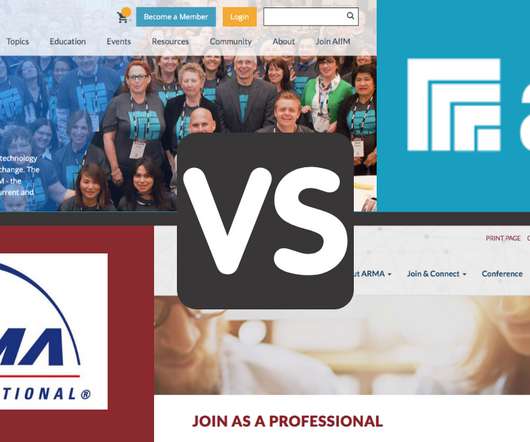

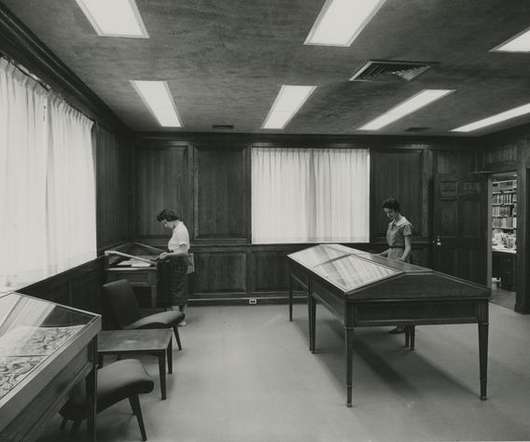
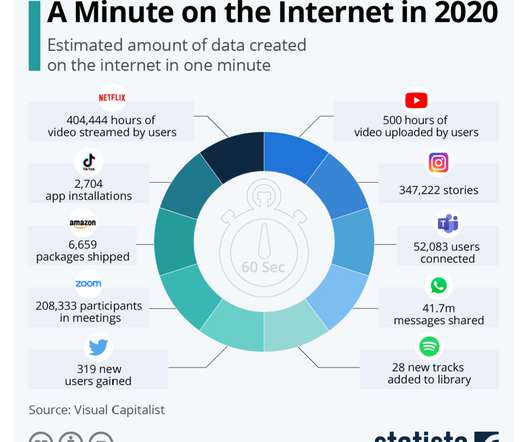
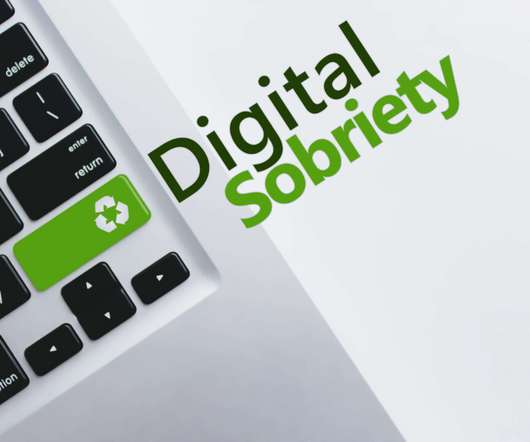


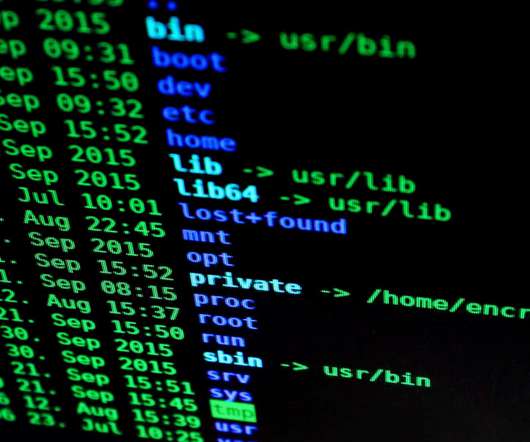







Let's personalize your content